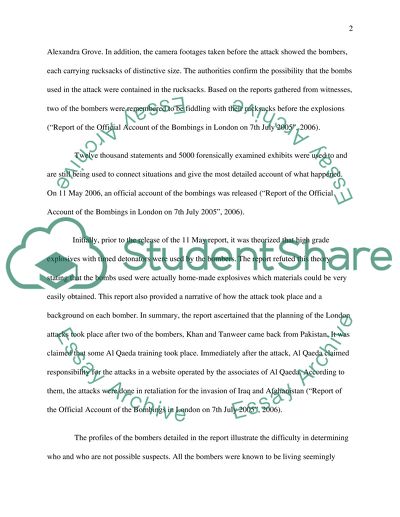Cite this document
(“London bombings Essay Example | Topics and Well Written Essays - 2000 words”, n.d.)
Retrieved from https://studentshare.org/miscellaneous/1533487-london-bombings
Retrieved from https://studentshare.org/miscellaneous/1533487-london-bombings
(London Bombings Essay Example | Topics and Well Written Essays - 2000 Words)
https://studentshare.org/miscellaneous/1533487-london-bombings.
https://studentshare.org/miscellaneous/1533487-london-bombings.
“London Bombings Essay Example | Topics and Well Written Essays - 2000 Words”, n.d. https://studentshare.org/miscellaneous/1533487-london-bombings.


